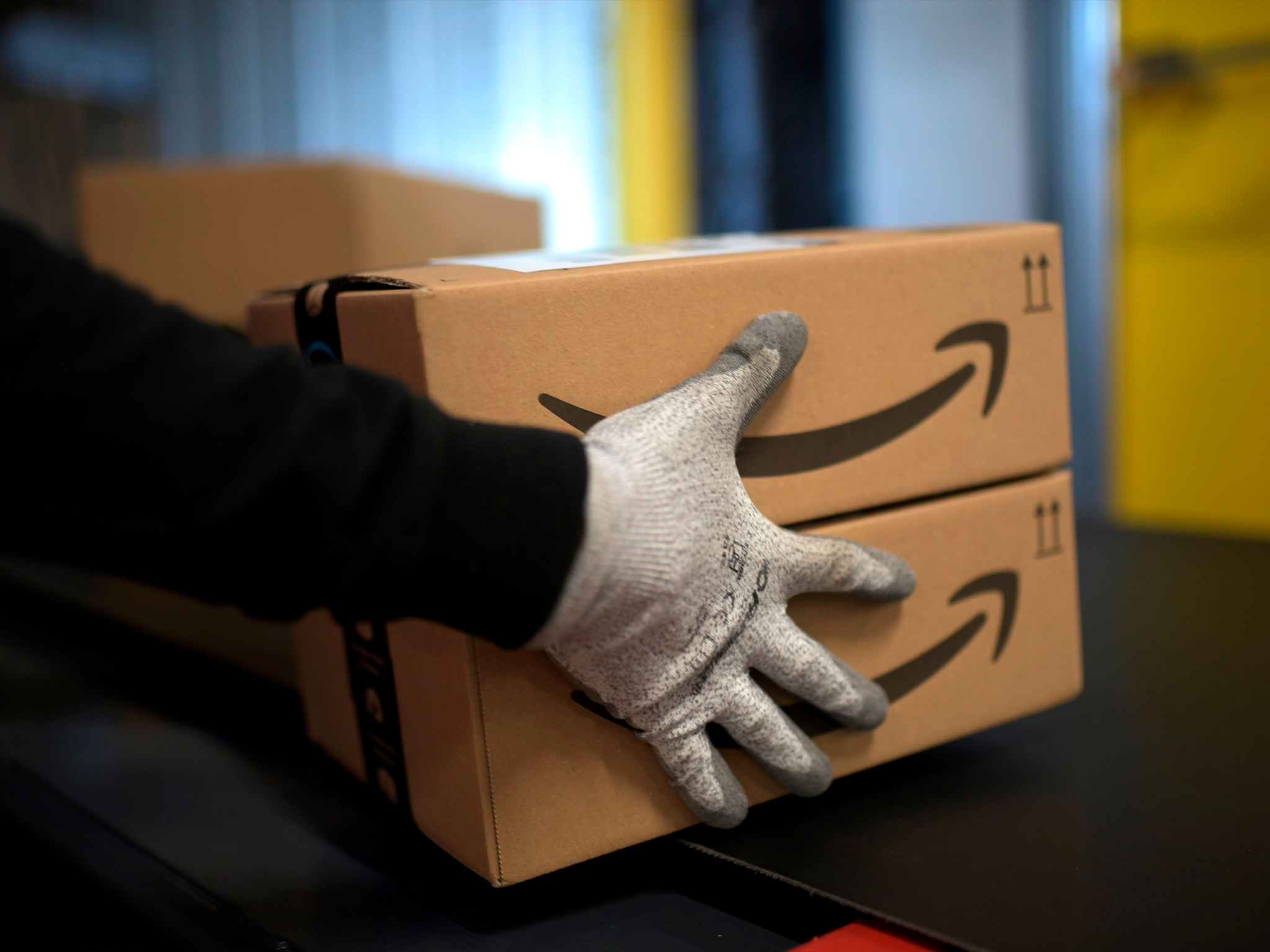Amazon flex drivers are hanging smartphones in trees to get more delivery work
More people entering the gig economy because of the coronavirus pandemic has placed a strain on drivers getting the work they need

Your support helps us to tell the story
From reproductive rights to climate change to Big Tech, The Independent is on the ground when the story is developing. Whether it's investigating the financials of Elon Musk's pro-Trump PAC or producing our latest documentary, 'The A Word', which shines a light on the American women fighting for reproductive rights, we know how important it is to parse out the facts from the messaging.
At such a critical moment in US history, we need reporters on the ground. Your donation allows us to keep sending journalists to speak to both sides of the story.
The Independent is trusted by Americans across the entire political spectrum. And unlike many other quality news outlets, we choose not to lock Americans out of our reporting and analysis with paywalls. We believe quality journalism should be available to everyone, paid for by those who can afford it.
Your support makes all the difference.Delivery drivers in Chicago are hanging smartphones in trees near Amazon delivery stations and Amazon-owned Whole Foods stores in order to better compete with other drivers.
Drivers place several smartphones close to the stations, and then sync those devices with their own personal smartphones, in order to better receive fast delivery Instant Offers - quick-fire jobs that drivers only have a few minutes to accept.
The close proximity to the delivery stations means the smartphones in the trees would get the notification – and send it to the synced devices – significantly earlier than another driver waiting further away, Bloomberg reported.
Drivers link with the Amazon Flex app, which lets drivers make deliveries using their own cars, to make extra money.
This is combined with separate software that endlessly monitors Amazon’s systems to alert drivers to new jobs, achieving a minor advantage when competing with other drivers.
However, drivers who have seen this process take place believe that an unknown person or persons is acting as a middle-man between Amazon and the drivers, charging drivers a premium for greater access to routes.
This behaviour is against Amazon’s policies, but great economic stress due to the coronavirus pandemic has seen workers desperate for money, with more people entering the gig economy in order to supplement lost work.
Multiple smartphones are left in trees in order to try and avoid detection from Amazon. Flex contractors are required to have a valid license and be authorised to work in the United States.
Using this method, however, someone could download the Flex app, receive a route for a high fee and then pay another driver a lower fee to complete it, according to a driver speaking to Bloomberg under the condition of anonymity.
The Independent has reached out to Amazon for comment.
Join our commenting forum
Join thought-provoking conversations, follow other Independent readers and see their replies
Comments